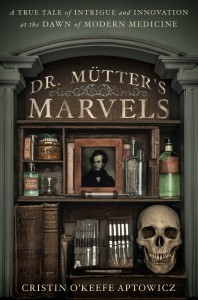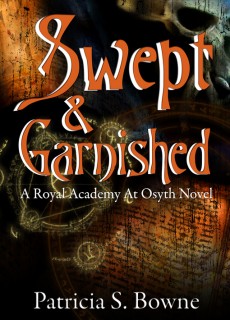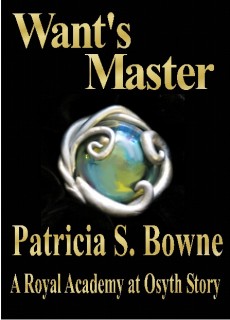 When the Human Anatomy & Physiology Society met in Philadelphia, a highlight was our visit to the famous Mutter Museum of anatomical curiosities – not a Ripley’s sort of museum, but a collection of study specimens maintained by the College of Physicians of Philadelphia. I was as entranced as anyone by the preserved colon, wax models of skin diseases, skull collection and the skeleton demonstrating Fibrodysplasia ossificans progressiva, and I even followed the museum on Facebook to play their ‘what’s on the curator’s desk?’ quiz; but I admit I never gave a thought to Dr. Mutter himself.
When the Human Anatomy & Physiology Society met in Philadelphia, a highlight was our visit to the famous Mutter Museum of anatomical curiosities – not a Ripley’s sort of museum, but a collection of study specimens maintained by the College of Physicians of Philadelphia. I was as entranced as anyone by the preserved colon, wax models of skin diseases, skull collection and the skeleton demonstrating Fibrodysplasia ossificans progressiva, and I even followed the museum on Facebook to play their ‘what’s on the curator’s desk?’ quiz; but I admit I never gave a thought to Dr. Mutter himself.
Enter Dr Mutter’s Marvels by Cristin O’Keefe Aptowicz, a window into the world of pre-civil war medicine and the life of Thomas Mutter, a surgeon who made his initial impression on most Philadelphians by wearing loud suits that matched the carriages in which he rode around town. Mutter was fresh from training in Paris, and the brief description of medicine in that city is as intriguing as anything else in the book – the hospital for men with syphilis in which every patient was whipped before and after treatment is one of the milder details.
The flamboyant young physician stepped into a world of infighting and jealousy, for Philadelphia had not one but two medical schools, locked in bitter warfare of the sort current academics are too familiar with. Competitive public surgery was the order of the day, with alcohol the only anesthetic available. Dr. Mutter specialized in plastic surgery, often treating women who had been disfigured by burns, and the book goes into detail about his superior care for the patients, his careful preparation for the ordeal ahead of them, and his demand that they not be sent home immediately after surgery – a demand eventually met by renting rooms above nearby shops, with students bringing in the patients’ meals from a local restaurant.
Every part of this story is engrossing, from its descriptions of surgeries to the personalities at the Jefferson Medical College to the controversies of the time. Was ‘taking the waters’ worth anything? Was puerperal fever infectious? Was anesthesia a good idea or a bad one? Should women be admitted to medical school? I hadn’t realized how many significant medical discoveries and issues were packed into the few years of Mutter’s professional life.
The only part of the story which rang sour for me was the last few chapters, which followed Mutter’s adversary Charles Meigs through the trials of his decline with more relish than I could enjoy. But on the whole this was a quick-paced, fascinating read that should give any A&P instructor useful anecdotes and perspective and keep any student interested, if occasionally grossed out – descriptions of pre-anesthesia surgery are not for the squeamish.
Highly recommended, as is the museum itself.








